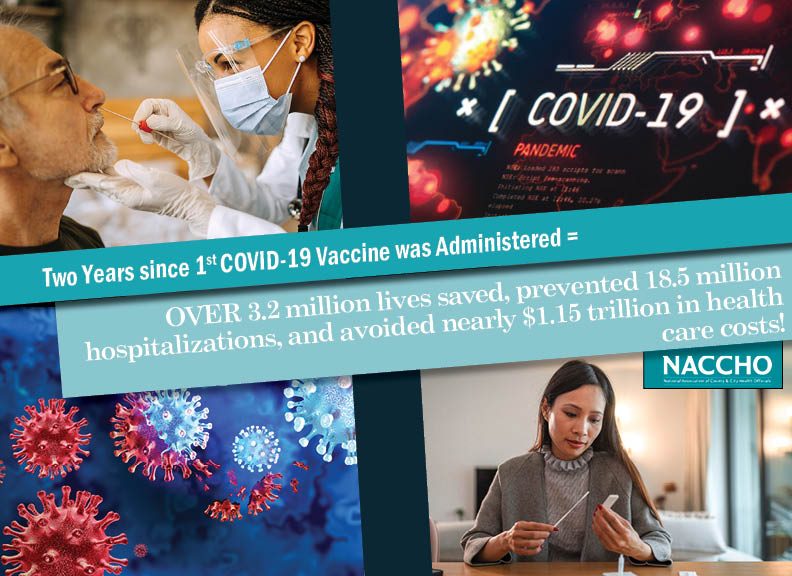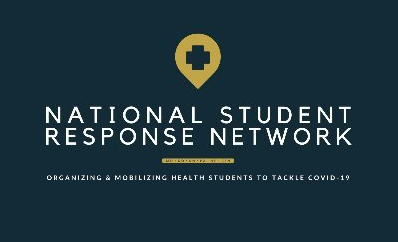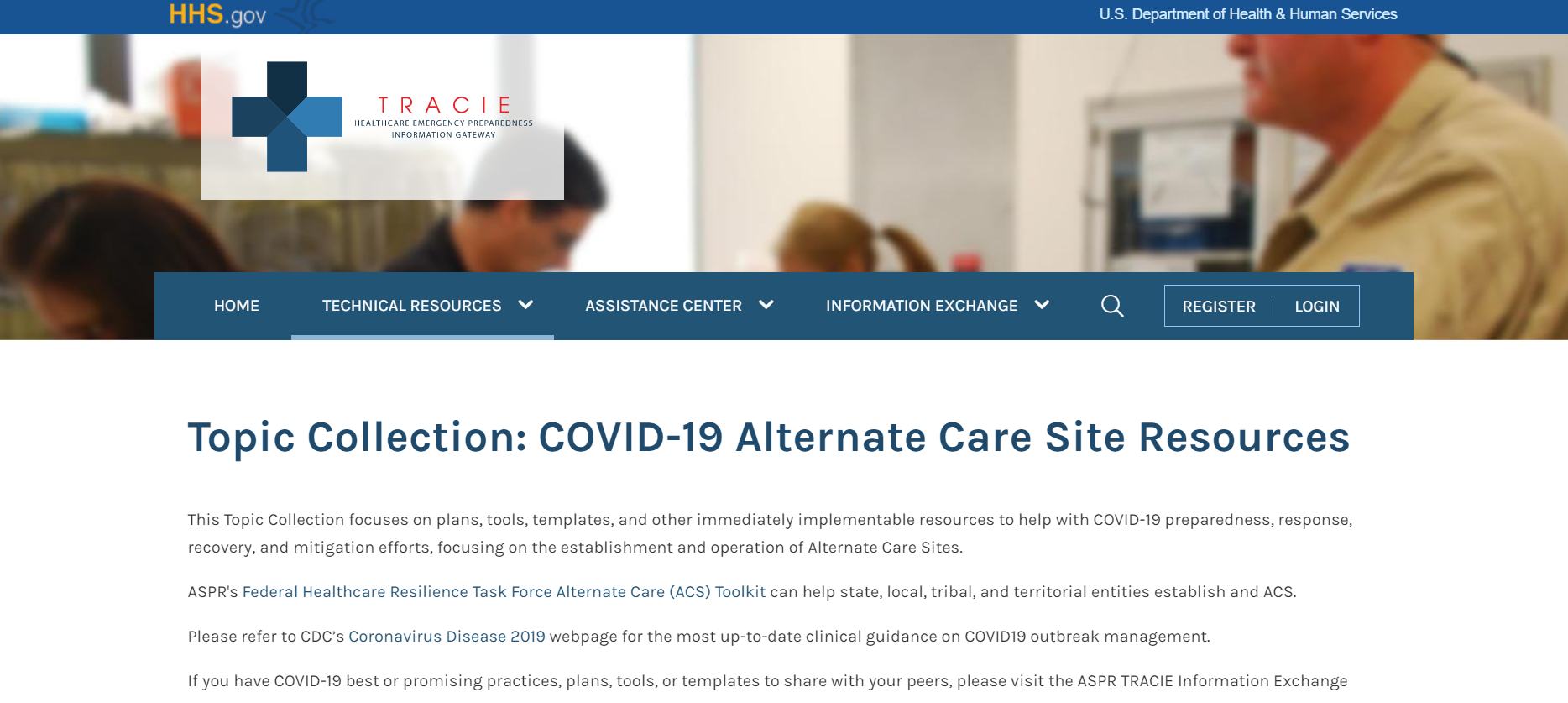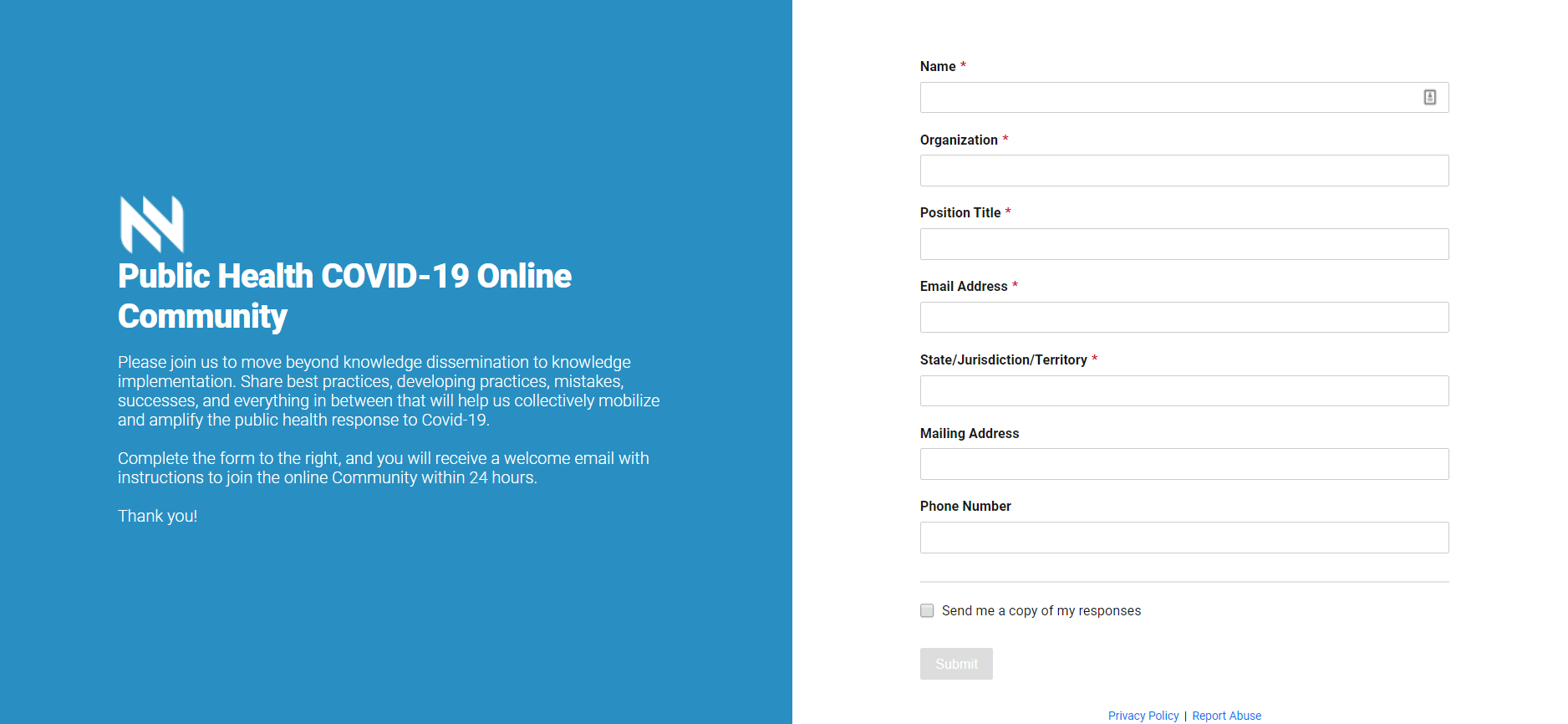Popular Categories
Challenges in Responding to the Elk River Chemical Spill: An Interview with Dr....
The Elk River, West Virginia chemical spill of Jan. 9, 2014 has been one of the most challenging environmental health emergencies to...
Apr 16, 2014 | Justin Snair
Water Scarcity: California Drought Prompts Tough Questions for Public Health
Imagine it’s the year 2015. It’s the last year of the United Nations International Decade for Action on water scarcity. Therefore it...
Mar 18, 2014 | Guest Author
Radiation and Local Public Health
The relationship between radiation and health is a large and varied topic. The health effects of radiation exposure are influenced by...
Mar 05, 2014 | Guest Author
Georgetown Climate Center’s Workshop on Supporting State and Local Adaptation...
On Jan. 31, NACCHO staff attended the Supporting State and Local Adaptation through Existing Federal Programs: Water Infrastructure...
Feb 10, 2014 | Justin Snair
National Radon Action Month: Resources for Local Health Departments
What is tasteless, colorless, and odorless and the number one cause of lung cancer in non-smokers in the United States? Radon. January...
Jan 21, 2014 | Lisa Brown
The Local Role in Improving Chemical Facility Safety and Security: January Chemical...
Several hundred thousand facilities in communities throughout the United States use, manufacture, store, transport, or deliver...
Jan 06, 2014 | Justin Snair
Challenges in Responding to the Elk River Chemical Spill: An Interview with Dr. Rahul GuptaThe Elk River, West Virginia chemical spill of Jan. 9, 2014 has been one of the most challenging environmental health emergencies to occur within the United States over the past decade, and it has garnered significant national attention over the course of the past three months. The event occurred when the Freedom Industries spill poured 10,000 […] Apr 16, 2014 | Justin Snair |
Water Scarcity: California Drought Prompts Tough Questions for Public HealthImagine it’s the year 2015. It’s the last year of the United Nations International Decade for Action on water scarcity. Therefore it is a little sobering to think that ten years from today, the UN estimates that 1.8 billion people will remain living in water scarce environments while two-thirds of the planet will be water stressed. Mar 18, 2014 | Guest Author |
Radiation and Local Public HealthThe relationship between radiation and health is a large and varied topic. The health effects of radiation exposure are influenced by the dose of exposure, the type of radioactive material involved in the exposure, the exposure pathway, and the duration of the exposure and can be de minimis or can produce severe immediate and delayed […] Mar 05, 2014 | Guest Author |
Georgetown Climate Center’s Workshop on Supporting State and Local Adaptation through Existing Federal Programs: Water InfrastructureOn Jan. 31, NACCHO staff attended the Supporting State and Local Adaptation through Existing Federal Programs: Water Infrastructure workshop hosted by Georgetown Climate Center (GCC). GCC is a nonpartisan organization that seeks to advance effective climate, energy, and transportation policies in the United States by supporting policies that reduce greenhouse gas emissions and help communities... Feb 10, 2014 | Justin Snair |
National Radon Action Month: Resources for Local Health DepartmentsWhat is tasteless, colorless, and odorless and the number one cause of lung cancer in non-smokers in the United States? Radon. January is National Radon Action Month, a month designated by the Environmental Protection Agency (EPA) to take action against radon. Radon exposure is a preventable health risk. Local health departments (LHDs) can raise awareness […] Jan 21, 2014 | Lisa Brown |
The Local Role in Improving Chemical Facility Safety and Security: January Chemical Safety Listening SessionsSeveral hundred thousand facilities in communities throughout the United States use, manufacture, store, transport, or deliver chemicals in some manner, encompassing everything from petroleum refineries to pharmaceutical manufacturers to hardware stores. Due to its size and characteristics, the Chemical Sector may be an attractive target for attack or be at risk of incidents caused by […] Jan 06, 2014 | Justin Snair |

Subscribe Today
Sign Up for the E-mail Digests
Create an account or login to MyNACCHO and go to "My Subscriptions."
SUBSCRIBE NOW



